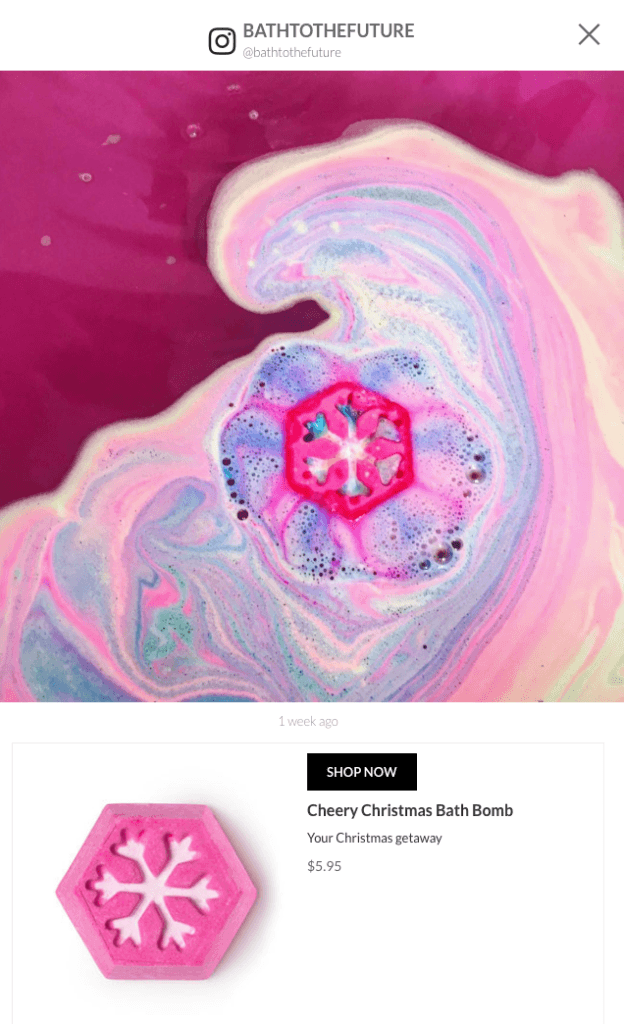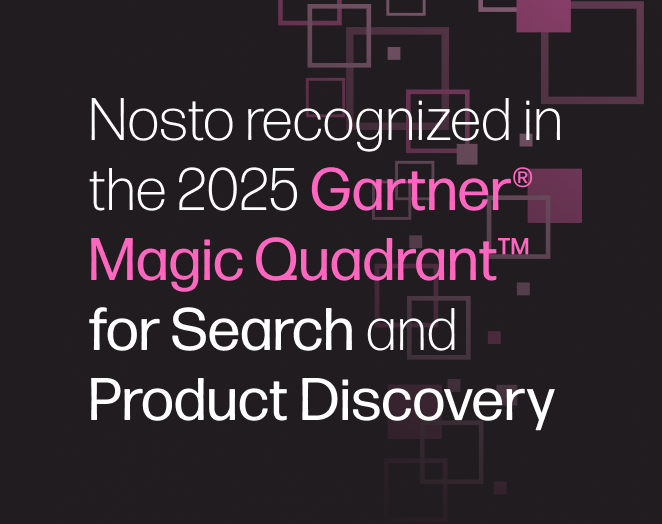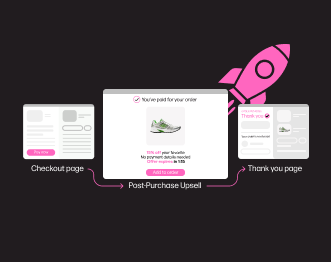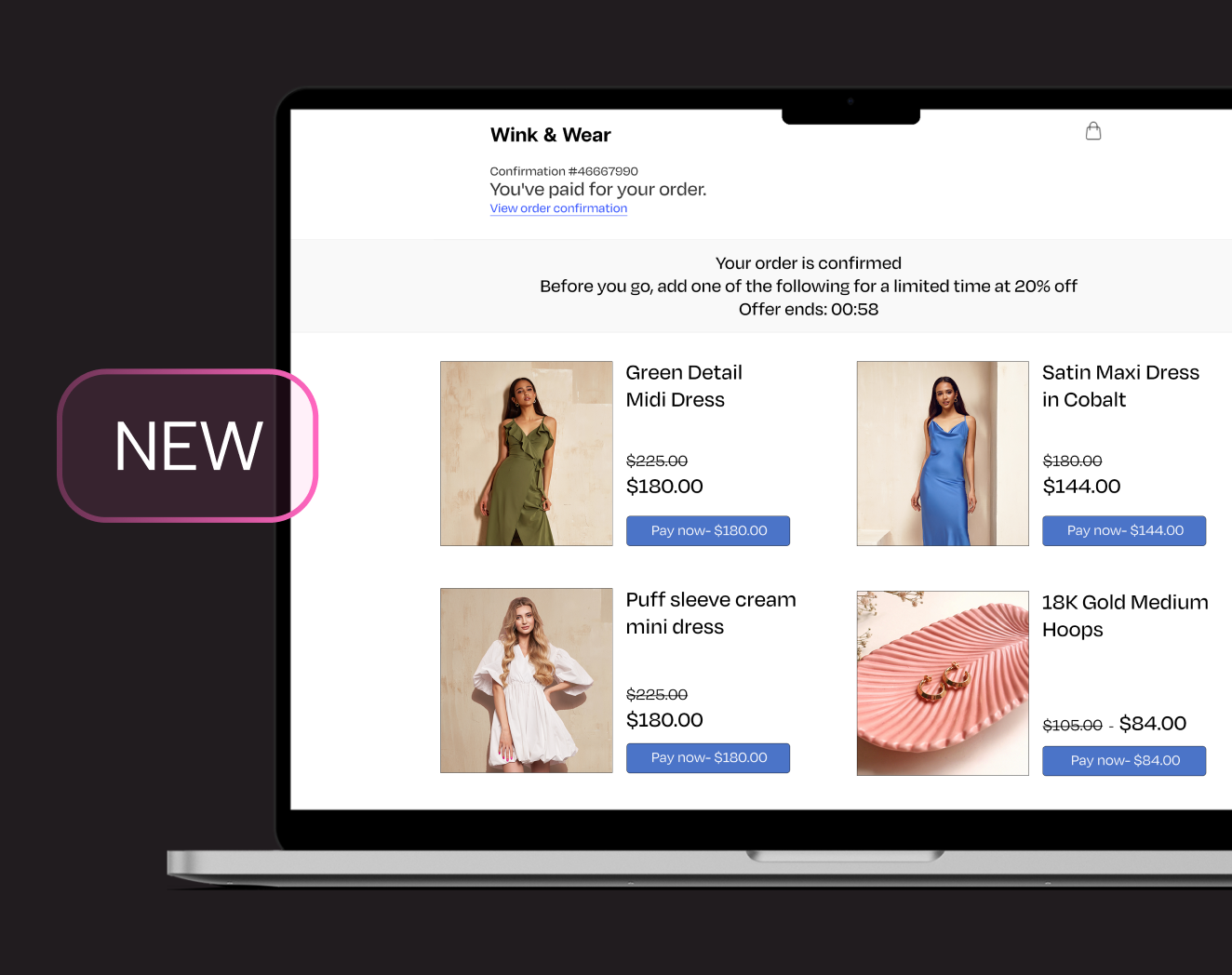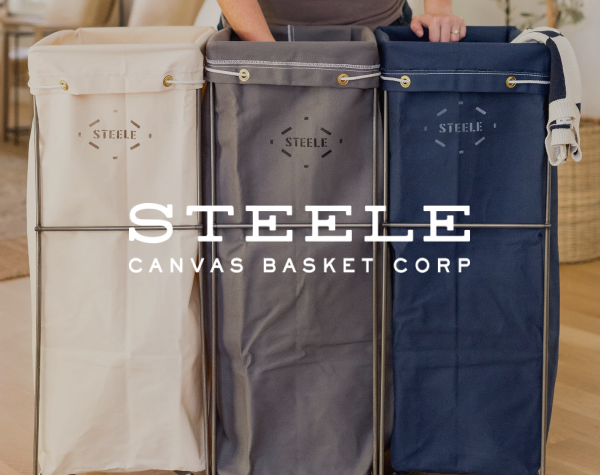Click, Cart, Convert: How to Make Your Content Shoppable
With the holiday season upon us, we are experiencing more and more shoppable content examples as many brands are looking to make their inspirational content more actionable.
We recently wrote about the advertising battleground that is Facebook and Instagram ads and how the likes of Toyota and Air France leveraged fresh, authentic user-generated content (UGC) in their social ads to drive better results.
Today, I want to turn your attention to how you can help your audiences take the leap from inspiration to action with this shoppable content examples:
Connecting Content to Commerce
Before making most online purchases, today’s consumers seek social proof, looking to other shoppers for written and visual validation that they’re making a sound choice.
The mere presence of user-generated content on product pages adds a significant level of social proof that increases customer confidence and leads to greater conversions. For example, Australian retailer, Wanted Shoes, found that customers who interacted with the visual UGC catalog on their website were 30 percent more likely to make a purchase than those that didn’t.
But what if you could shorten that purchasing path by taking people directly from seeing to believing to buying?
Our Social Commerce functionality does just that, by linking your best customer images to relevant calls to action.
Typically this is a product which you can create as a “Product Tag” or a “ShopSpot” in Stackla. Product Tags contain relevant information like your product name, description, price, point-of-sale link and images. They can be created individually in Stackla or by syncing your product catalog via integrations with popular eCommerce platforms.
You can then apply these Product Tags to user-generated content during the process of moderation or through some smart automation such as product mention identification.
Your products can then be displayed as a link or floating ShopSpot on relevant user-generated content in your Stackla widgets. As your website visitors browse the UGC in your widgets, they’re just a click away from your point of purchase should inspiration strike.
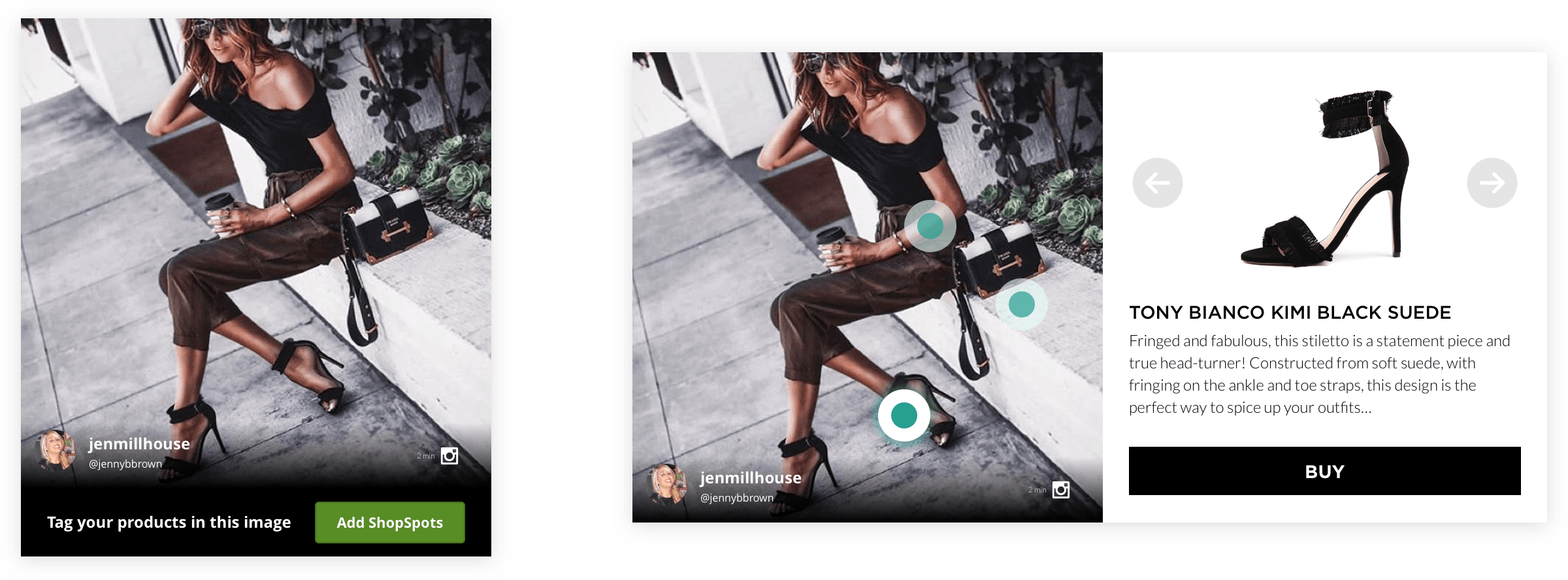
Here’s just a couple of shoppable content examples of brands using Social Commerce to drive conversions from it.
Busabout Switches to UGC, Web Bookings Rise 33%
Busabout, a favorite tour operator for Millennials and Gen Z, have relied heavily on traveler-created content to power both their offline and online strategy.
Their website features user-generated content on almost every page, with our ShopSpots feature providing in-context calls to action on customer photos.
The combination of authentic, traveler-generated content with well placed calls-to-action saw direct web bookings increase 33 percent.
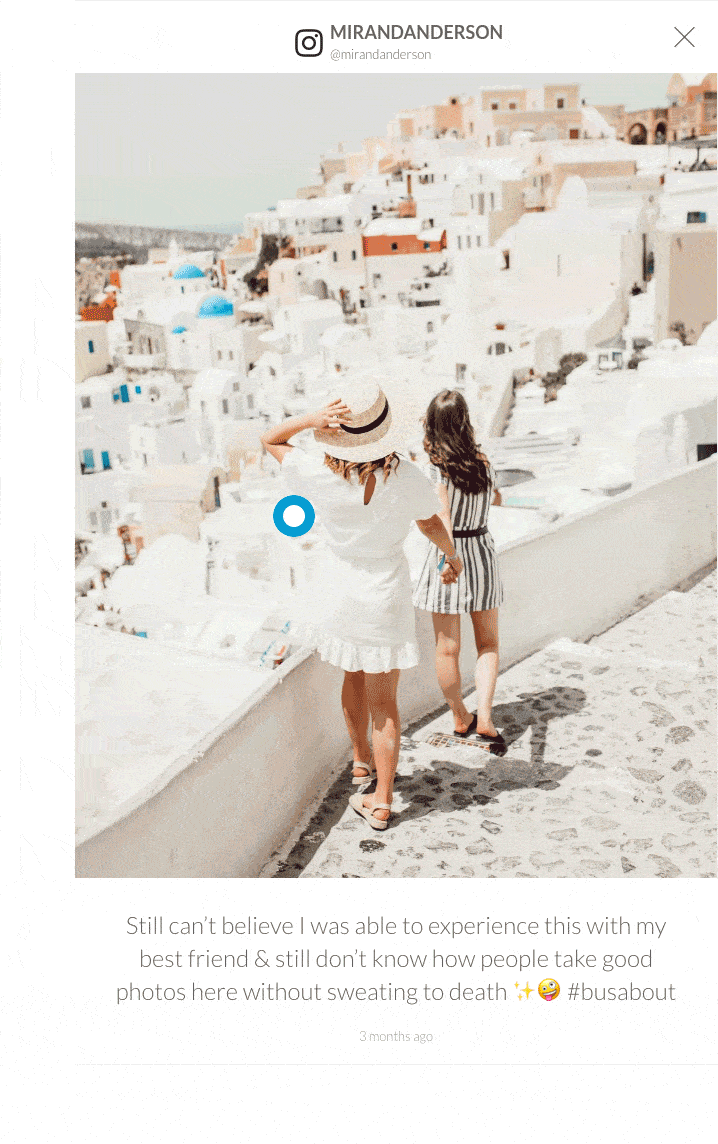
Kathmandu Boosts Time-on-Site 44% with Shoppable Lookbook
Adventure wear retailer, Kathmandu, created a shoppable lookbook that featured both brand-created assets and customer content.
Knowing they wanted to make their cascading visual lookbook interactive, they turned to Stackla to help seamlessly bring their content to life. “We used Stackla to leapfrog a bit of development and really bring the lookbook to life on mobile and desktop,” said Kathmandu’s Social Media Manager, Paul Lester.
Visitors to the Kathmandu website that interacted with the lookbook spent 44 percent more time on site—a critical metric for retailers.
Lush Promotes Holiday Bath Bombs with Buy Now Buttons
Just in time for this holiday season, Lush Fresh Homemade Cosmetics has launched not only UGC images across their homepage and product pages, but also turned these into shoppable pieces of content.
Wondering what their Cherry Christmas Bath Bomb will look like when your loved ones indulge in this perfect stocking stuffer? Lush now shows authentic product images and offers visitors a direct link to add this item to their shopping cart.
